
The Busiest Airports in the World by Cargo Handled
The air cargo industry is a cornerstone of global trade, facilitating the movement of billions of tonnes of freight every year. These busiest cargo airports in the world play a critical role in ensuring the timely delivery of goods across continents, supporting industries like e-commerce, pharmaceuticals, and manufacturing.
According to the Airports Council International (ACI), here are the top 10 busiest cargo airports in the world by cargo volume handled in 2023, based on preliminary figures released in April 2024.
1. Hong Kong International Airport (HKG) – 4,331,976 tonnes
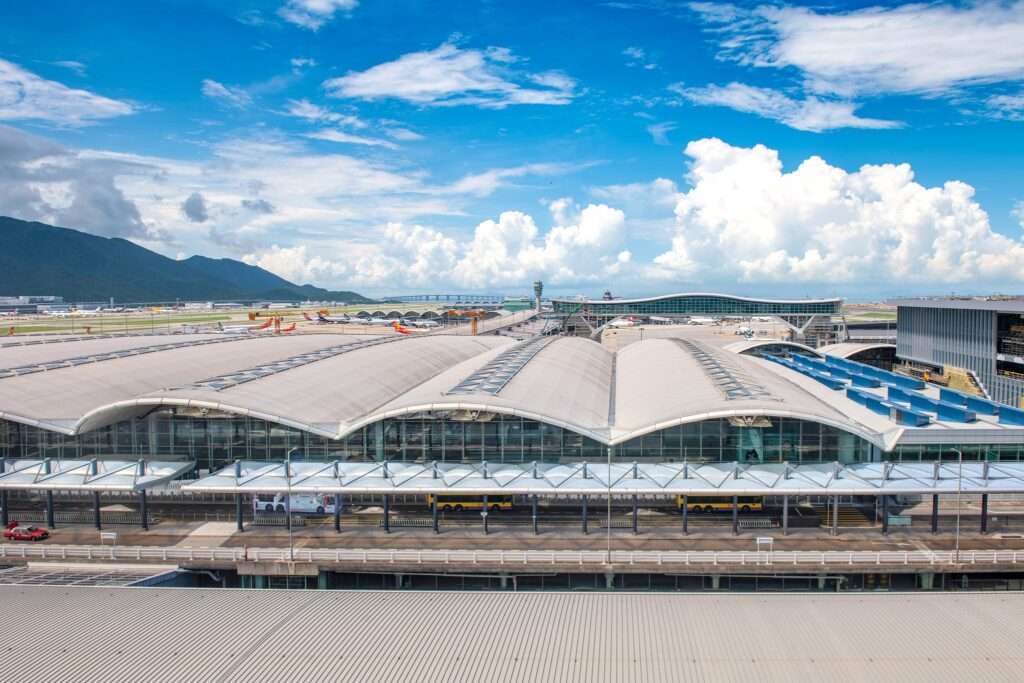
Source – Facebook
📍 Location: Chek Lap Kok, Hong Kong, China
📈 Change: +3.2%
Hong Kong International Airport (HKG) remains the largest cargo airport in the world, handling over 4.3 million tonnes of freight in 2023. As one of the busiest cargo airports, it is a key hub for Asia’s trade and logistics, specializing in express shipments, e-commerce, and high-value goods.
2. Memphis International Airport (MEM) – 3,881,211 tonnes
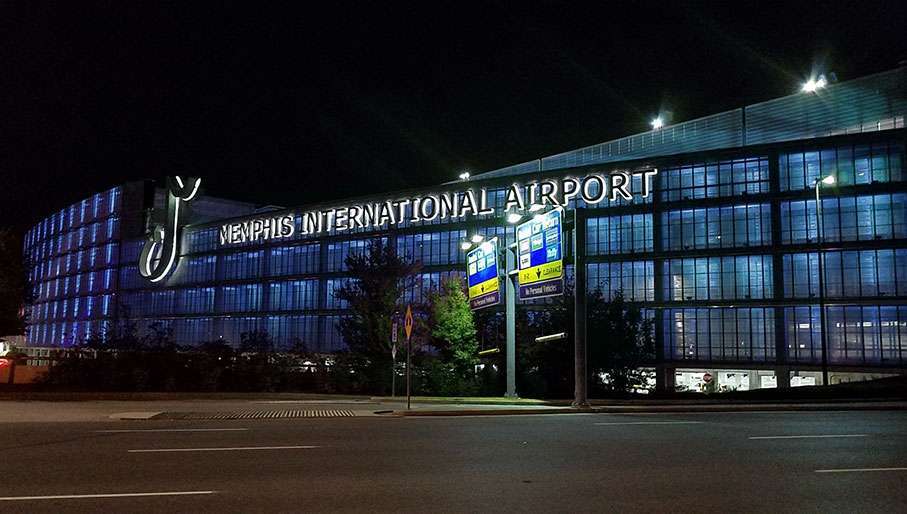
Source – Facebook
📍 Location: Memphis, Tennessee, United States
📉 Change: -4.0%
Memphis International Airport (MEM) is the busiest cargo airport in North America and the global hub for FedEx Express, one of the world’s largest freight carriers. Despite a 4.0% decline in cargo volume, it still handled nearly 3.9 million tonnes of goods, securing its spot among the biggest cargo airports in the world.
3. Shanghai Pudong International Airport (PVG) – 3,440,084 tonnes

Source – wikipedia.org
📍 Location: Shanghai, China
📈 Change: +10.4%
Shanghai Pudong International Airport (PVG) saw a significant increase of 10.4% in cargo handled, making it one of the largest cargo airports globally. As a major hub for China’s manufacturing exports, PVG plays a crucial role in international trade.
4. Ted Stevens Anchorage International Airport (ANC) – 3,380,374 tonnes
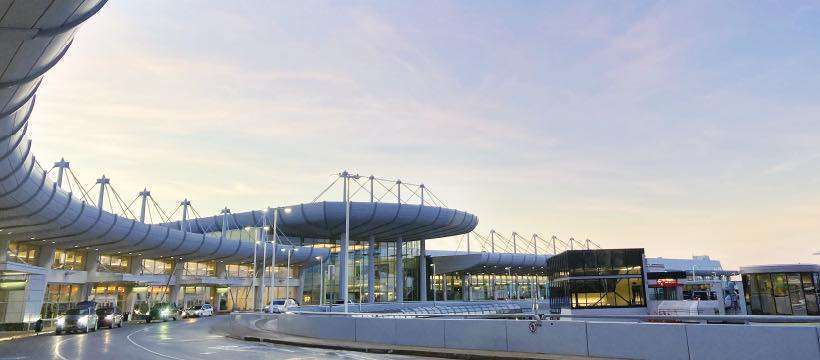
Source – Facebook
📍 Location: Anchorage, Alaska, United States
📉 Change: -2.4%
Anchorage International Airport (ANC) is a key cargo airport that serves as a transshipment hub for goods moving between Asia, North America, and Europe. Despite a 2.4% decline, it remains a vital part of the largest cargo airports in the world.
5. Incheon International Airport (ICN) – 2,744,136 tonnes
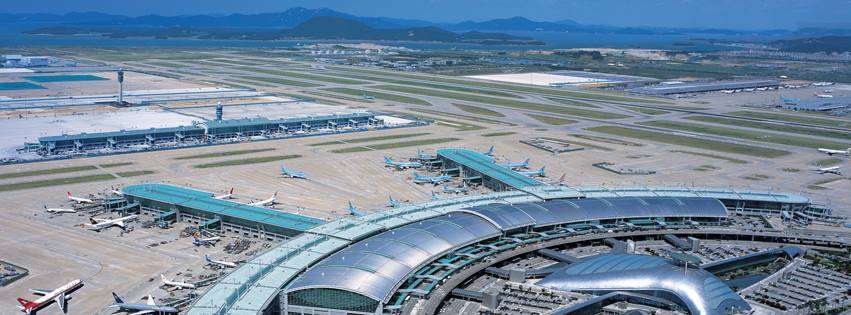
Source – Facebook
📍 Location: Seoul, South Korea
📉 Change: -6.9%
South Korea’s Incheon International Airport (ICN) continues to be one of the busiest cargo airports in Asia, supporting global logistics for major airlines. However, the 6.9% decline in freight volume reflects shifting trade patterns.
6. Louisville International Airport (SDF) – 2,727,820 tonnes
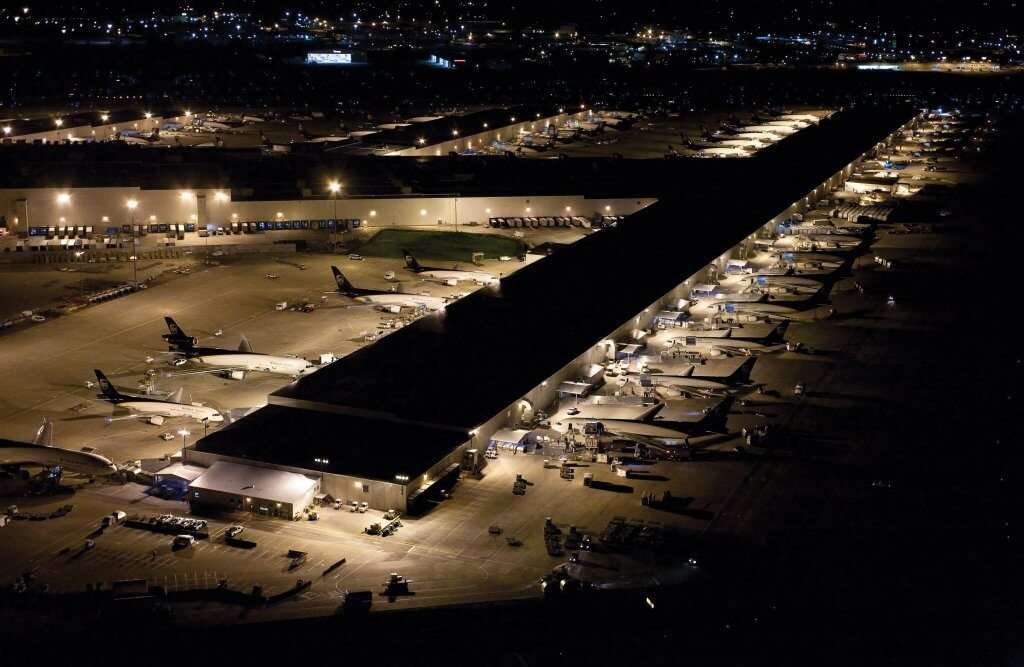
Source – flylouisville.com
📍 Location: Louisville, Kentucky, United States
📉 Change: -11.1%
Louisville International Airport (SDF) is the global hub for UPS Airlines, playing a crucial role in overnight package deliveries. Despite a 11.1% decrease in cargo volume, it remains one of the biggest cargo airports in the U.S.
7. Miami International Airport (MIA) – 2,525,591 tonnes
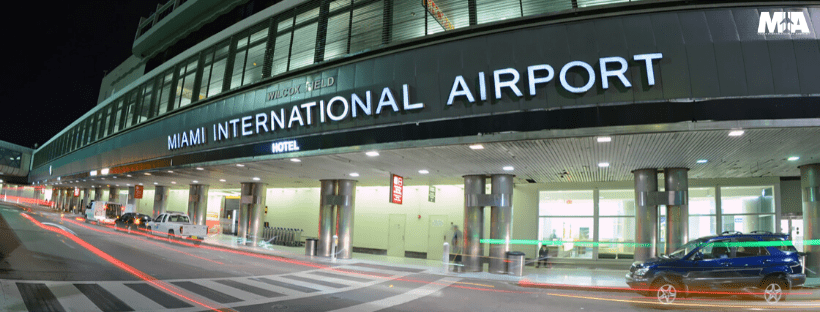
Source – Facebook
📍 Location: Miami, Florida, United States
📈 Change: +1.0%
Miami International Airport (MIA) is the largest cargo airport in the world when it comes to handling freight between the U.S. and Latin America & the Caribbean. With a 1.0% increase, it continues to be a major logistics hub.
8. Hamad International Airport (DOH) – 2,355,503 tonnes
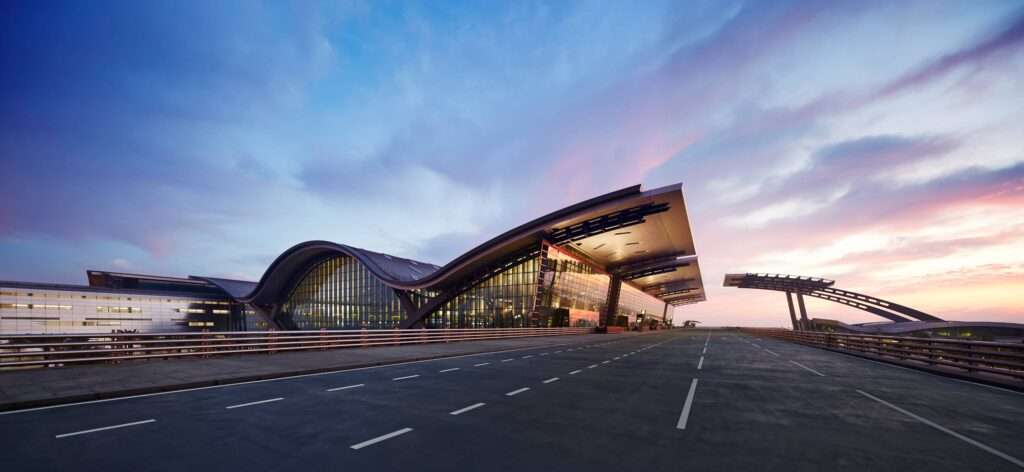
Source – Facebook
📍 Location: Doha, Qatar
📈 Change: +1.5%
Hamad International Airport (DOH), home to Qatar Airways Cargo, saw a 1.5% increase, further solidifying its place among the largest cargo airports in the world.
9. Los Angeles International Airport (LAX) – 2,130,835 tonnes
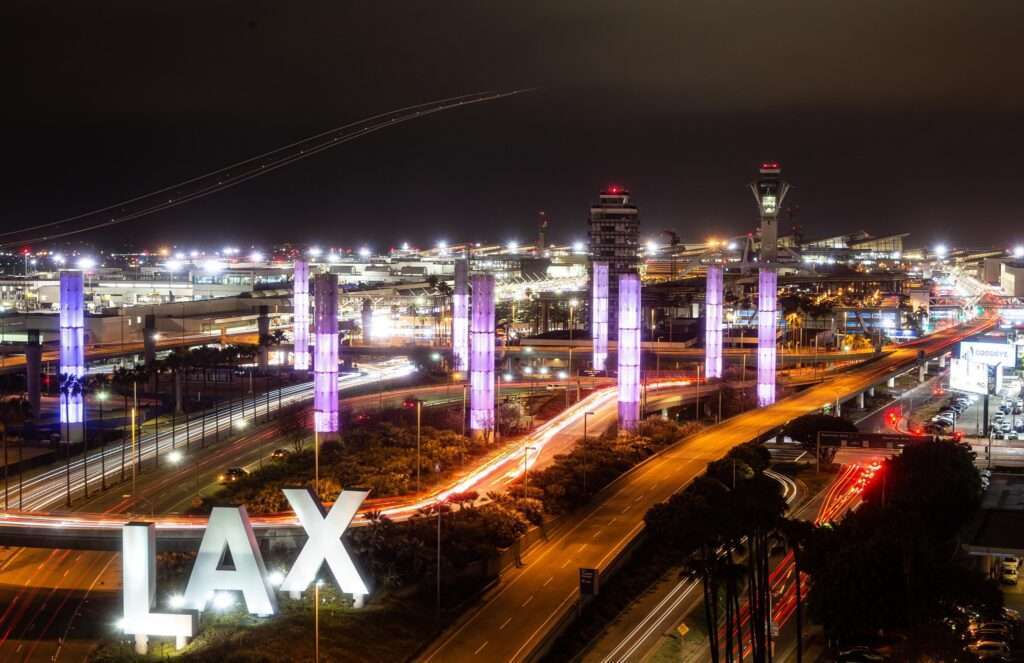
Source – Facebook
📍 Location: Los Angeles, California, United States
📉 Change: -14.9%
Los Angeles International Airport (LAX) is a key trans-Pacific cargo airport, handling goods from China, Japan, and South Korea. However, it saw a 14.9% decline in cargo volume, indicating shifting trade routes.
10. Taiwan Taoyuan International Airport (TPE) – 2,112,988 tonnes

Source – wikipedia.org
📍 Location: Taoyuan, Taiwan
📉 Change: -16.8%
Taiwan Taoyuan International Airport (TPE) remains one of the largest cargo airports in Asia, primarily handling exports of semiconductors and electronics. However, a 16.8% drop suggests market adjustments.
Key Takeaways from 2023 Cargo Trends
Asia leads in cargo traffic: 6 of the top 10 busiest cargo airports in the world are in Asia, highlighting the region’s dominance in global trade.
North America remains vital: 4 U.S. airports are in the top 10, reinforcing the importance of express shipping and e-commerce.
Cargo volumes fluctuated: Some airports, like Shanghai Pudong (+10.4%), saw growth, while others, like Louisville (-11.1%) and LAX (-14.9%), experienced declines.
E-commerce and express shipping drive growth: Airports with strong connections to FedEx, UPS, and DHL continue to handle high volumes.
Final Thoughts
The busiest cargo airports in the world are essential for global trade, ensuring timely delivery of goods worldwide. As logistics and cargo airport operations continue to evolve, new technologies like AI-driven logistics and drone deliveries will shape the future of air freight.
FAQs About the Busiest Cargo Airports in the World
Which airport handles the most cargo in the world?
Hong Kong International Airport (HKG) is the largest cargo airport in the world, handling over 4.3 million tonnes of freight in 2023.
What is the busiest cargo airport in the USA?
Memphis International Airport (MEM) is the busiest cargo airport in the USA, primarily due to its role as the FedEx Express global hub.
Why is Anchorage International Airport (ANC) important for cargo?
Ted Stevens Anchorage International Airport (ANC) serves as a critical transshipment hub for cargo moving between Asia, North America, and Europe.
How do cargo volumes fluctuate at these airports?
Factors like global trade trends, e-commerce growth, and economic conditions impact cargo volumes, leading to increases or declines in shipments.



